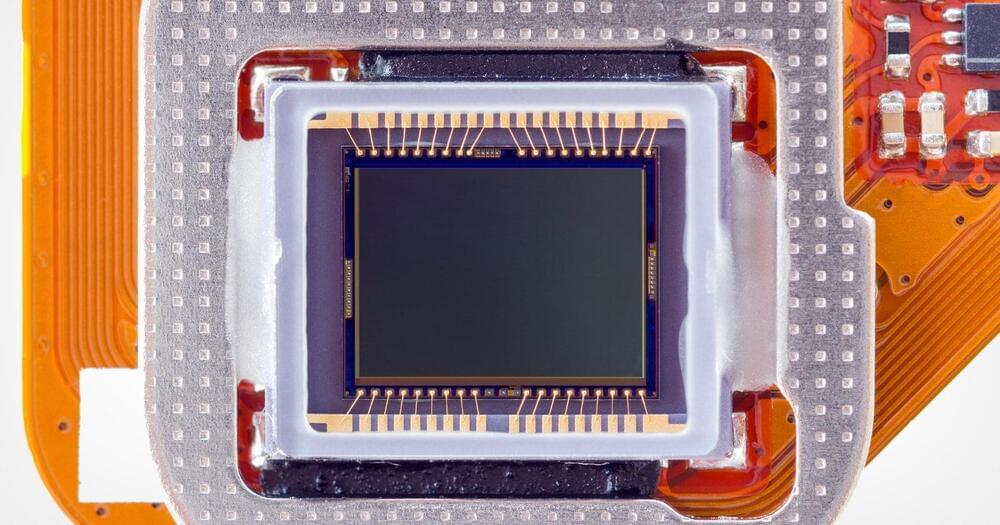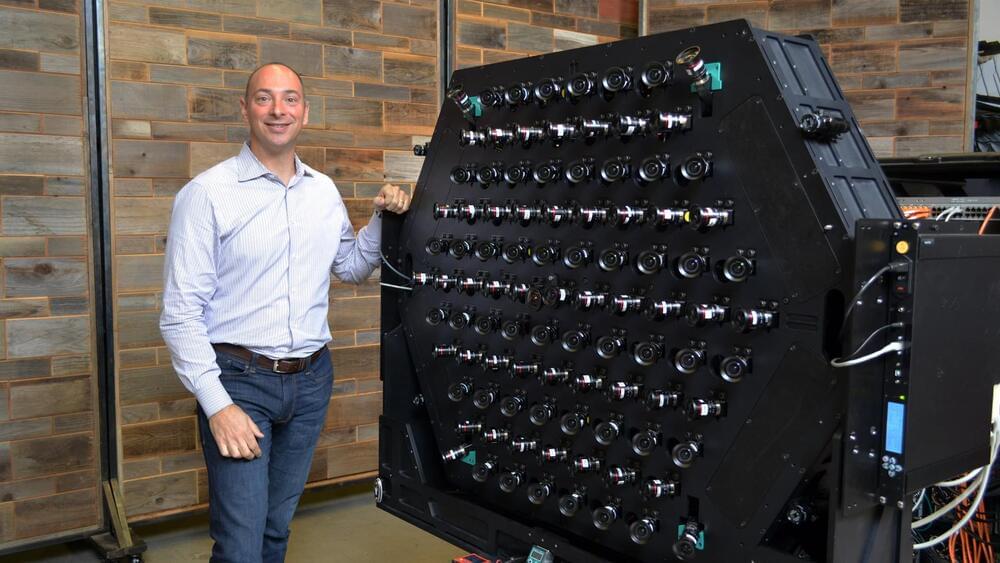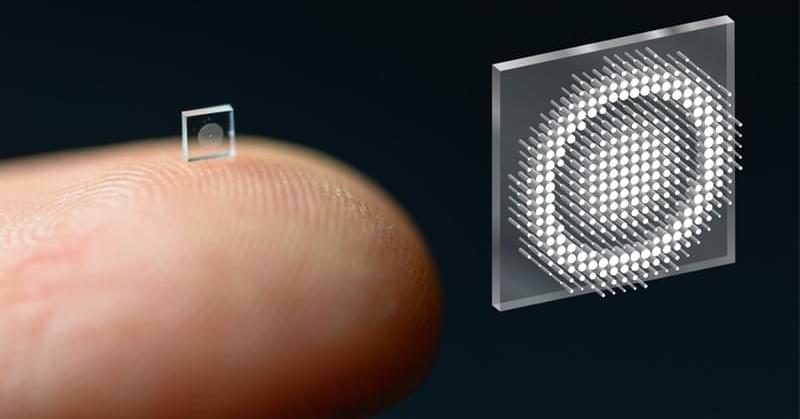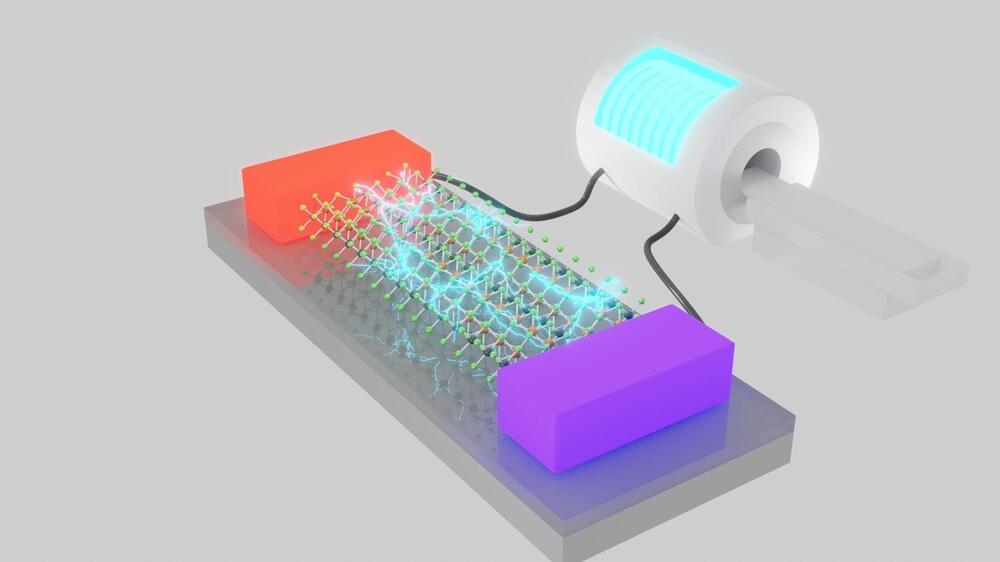It is the highest resolution sensor of its type ever made.
Canon has developed an image sensor that is capable of capturing high-quality color photography even in the dark. The company says that it will be able to shoot clear photos even in situations where nothing is visible to the naked eye.
In a report from Nikkei, Canon says that it has developed a new type of light-receiving element called a single photon avalanche diode (SPAD) and is implementing it on a CMOS sensor. SPAD photodetector technology on its own isn’t new, and has been in use since the 1970s. However, Canon has managed to create a sensor with 3.2 million pixels, which it says is more than three times the resolution of conventional SPADs and makes it the highest-resolution sensor of its type ever made.
The sensor is designed to replace, or at least provide an alternative to, infrared night vision cameras. Infrared is useful for recognizing shapes and providing sight in the dark, but is not capable of recognizing colors. On the flipside, cameras that can see color in the dark only do so by leveraging high ISOs, which can work to a certain point but eventually lead to extremely noisy images in levels of extreme darkness.







